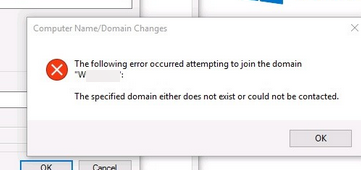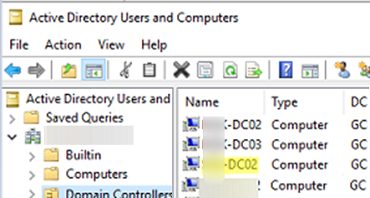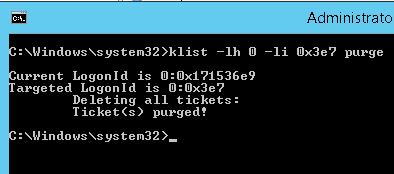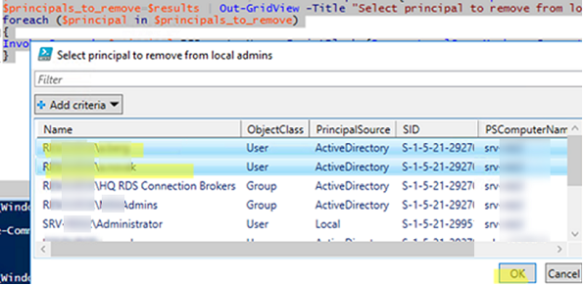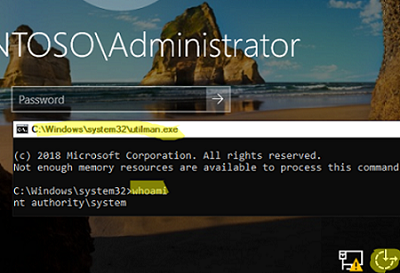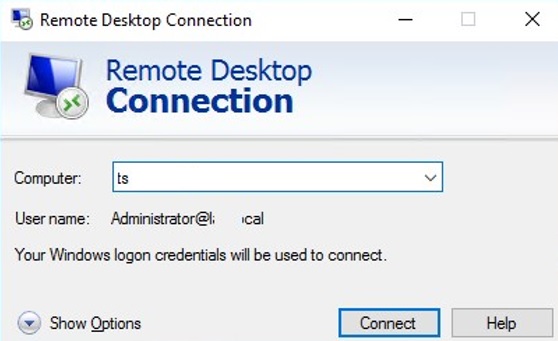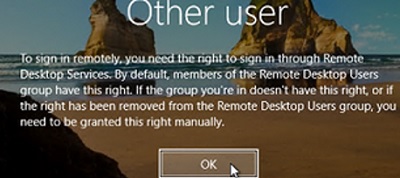A user account lockout in a domain is one of the most popular reasons why users contact the technical support team. In most cases, the lockout is caused either by…
Active Directory: Core Concepts, Architecture and Best Practices
What Others Are Reading in Active Directory
Error: The Specified Domain Doesn’t Exist or Couldn’t Be Contacted
The main reason for the The specified domain either does not exist or could not be contacted error in Windows is usually due to incorrect network settings on the computer.…
Using WPAD (Web Proxy Auto-Discovery Protocol) on Windows
The WPAD (Web Proxy Auto-Discovery) protocol allows you to easily configure the proxy settings on the clients in your network. The idea behind WPAD is that a client can use…
Add an Additional Domain Controller to an Existing AD Domain
To build a fault-tolerant Active Directory infrastructure and to load balance client requests you need at least two domain controllers. Creating additional domain controllers at remote sites is also recommended.…
Refresh AD Groups Membership without Reboot/Logoff
After you add a computer or a user account to an Active Directory security group, the new access permissions or the new GPOs are not applied immediately. To update the…
How to Get a List of Local Administrators on Computers
In this article, we will look at how to get a list of users and groups that have local administrator rights on Windows workstations and servers on your network.
How to Reset Active Directory Domain Admin Password
In this article, we’ll look at the Active Directory domain administrator password reset scenarios. You may need it in cases where domain administrator privileges have been lost due to forgetfulness…
Enable Single Sign-On (SSO) Authentication on RDS Windows Server
Single Sign-On (SSO) allows an authenticated (signed-on) user to access other domain services without having to re-authenticate (re-entering a password) and without using saved credentials (including RDP). SSO can be…
Allow Non-admin Users RDP Access to Windows Server
By default, the RDP access to the desktop of Windows Server member servers or Active Directory domain controllers is restricted to users added to the local Administrators or Domain Admins…
Configure Windows LAPS (Local Administrator Passwords Solution) in AD
Windows LAPS (Local Administrator Password Solution) allows you to centrally manage the passwords for the local administrators on the computers in your AD domain. The current local administrator password is…

